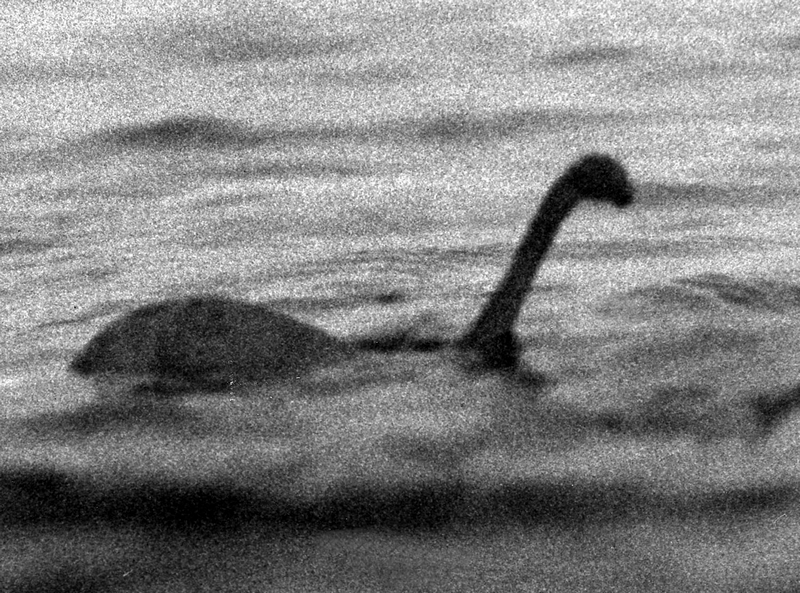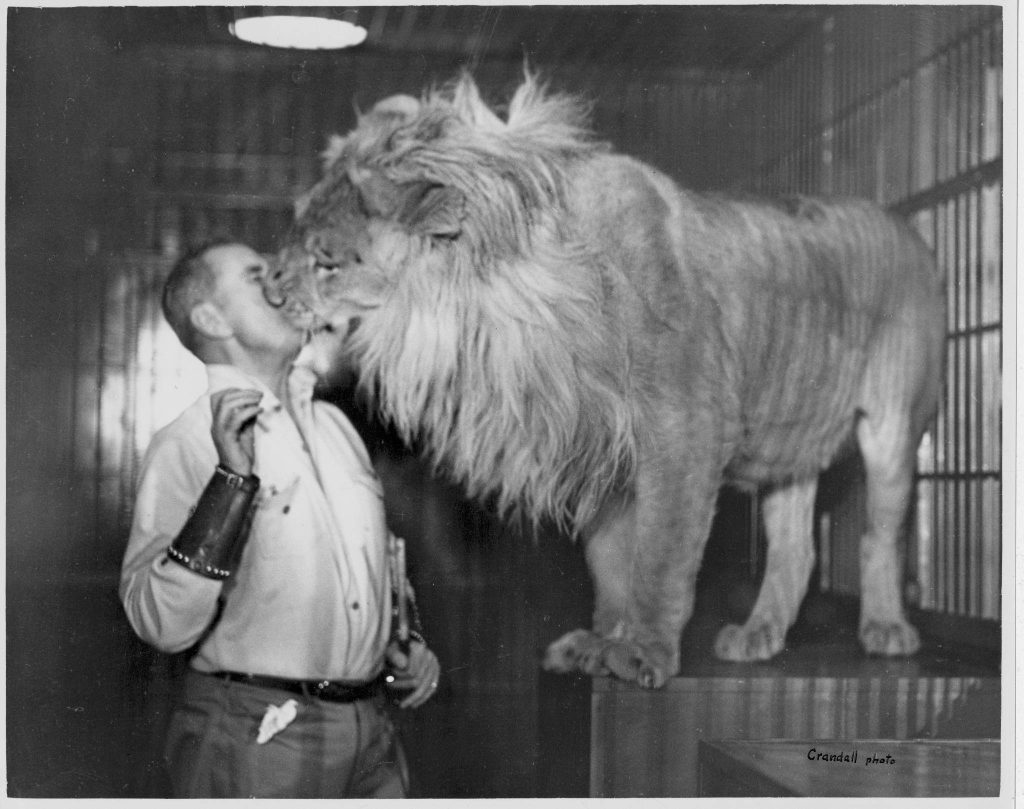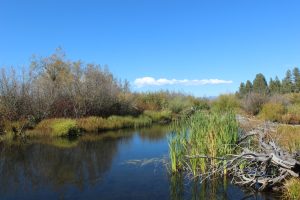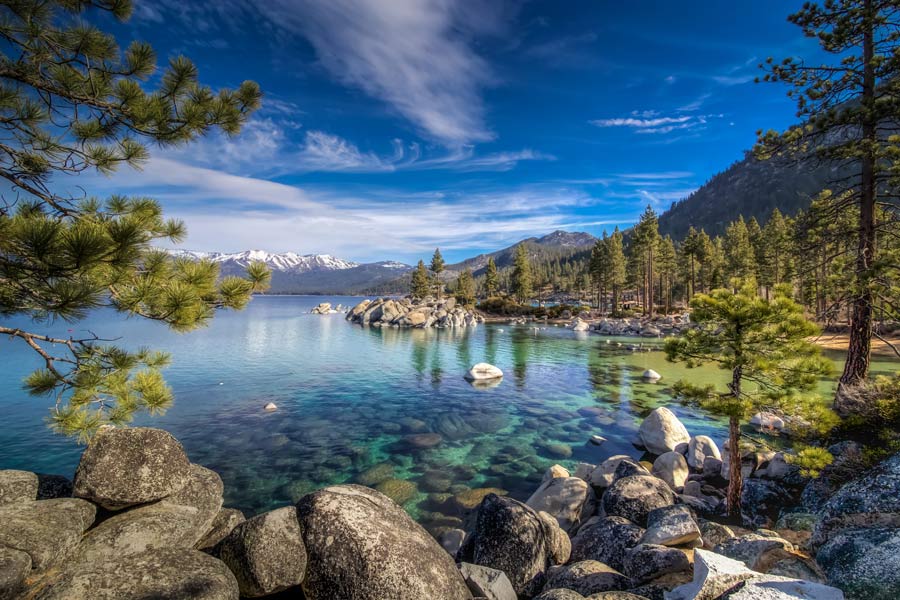Mythbuster; What are the origins of Tahoe’s myths?

Originally taken by Jim Grant
Despite its small population of just under 56,000, the Lake Tahoe region is home to a wide variety of myths and legends.
Most of those myths have yet to be debunked, but the most notable ones are Tahoe Tessie — the Lake Tahoe version of Scotland’s Loch Ness Monster —and a number of rumors about what’s really at the bottom of Lake Tahoe.

People have reported supposed sightings of the large, serpentine-like creature since the early 1900’s, while the local Washoe and Paiute Tribes also spoke of a powerful, serpent-like creature found in Tahoe’s waters.
Meanwhile, several rumors surround what — and whose bodies — could be at the bottom of the lake. Many of those are centered around the mid-20th century, when the Mafia was said to have enjoyed the area’s nightlife and casinos, which were in their heyday. Tahoe still plays host to a number of lesser-known myths, which historian Bill Watson attributes to the wide variety of demographics and rich history of the region.
“In a very small space, you have this very stratified, diverse demographic of cultural heritage,” said Watson, curator of the Thunderbird Lodge Preservation Society. “And each one of them is going to contribute their part and parcel to the overall story. So you end up with all these threads running through the fabric of Lake Tahoe in a way that you might not have in a, I’ll say, a more culturally insular spot like other places.”

Some of those lesser-known rumors revolve around George Whittell, the eccentric tycoon who initially had the Thunderbird Lodge constructed on East Shore. As well-known as he was, much of his life was shrouded in mystery.
“One of the long time Tahoe myths is that George Whittell’s airplane crashed and it sank to the bottom of the lake and his elephant was on board,” said Watson. “And it’s untrue, but it sure got a lot of traction over the years. It’s in a lot of the guidebooks and so on, but it’s just a pure myth.” Whittell did, in fact, have a number of exotic animals, including a lion, but there is no record of flying with an elephant.
Cousteau: ‘The world isn’t ready’
Another popular myth addresses whether well-known scuba diver Jacques Cousteau ever dived in Lake Tahoe. He is rumoured to have visited Lake Tahoe and claimed that “the world isn’t ready for what’s down there.” More in-depth accounts say he found corpses fully clothed in Victorian-style clothing. In reality, there are no records of Cousteau ever visiting Tahoe at all, and while the unusually cold temperatures can slow the decay of bodies, it is unlikely that any have been preserved.
In reality, Tahoe’s low temperatures can make it more difficult to survive if untrained swimmers fall in, however. “A mile to shore here is a lot longer than it is a mile anywhere else, just because you’re in such cold water,” said Watson.
“People fall off the boats, fall off their boats all the time, because of the temperature of the lake, people tend to have less of a chance of being timely rescued. If you fall into this water with the cold temperatures, you’re going to seize up, freeze up and then you’re not going to have a chance to swim.”
Another myth includes speculations of a secret tunnel running from Lake Tahoe to Pyramid Lake, which can be loosely traced to regional irrigation plans in the early 20th century, which were never carried through to build piping from Lake Tahoe through the Sierra Nevada to serve the water needs of San Francisco.
Ultimately, despite the efforts and research of many, little truth has been found to each of these myths, many of which were purported during Tahoe’s Comstock era, a century and a half prior.
“People love a conspiracy,” says Watson. “They love amplifying the truth. The truth is often not exciting enough for them and so to explain the unexplainable, especially in the years prior to modern science, they had to come up with supernatural or extraordinary explanations for natural processes.”
Editor’s note: This article originally appeared in the Summer 2025 edition of Tahoe Magazine.

Support Local Journalism

Support Local Journalism
Readers around the Lake Tahoe Basin and beyond make the Tahoe Tribune's work possible. Your financial contribution supports our efforts to deliver quality, locally relevant journalism.
Now more than ever, your support is critical to help us keep our community informed about the evolving coronavirus pandemic and the impact it is having locally. Every contribution, however large or small, will make a difference.
Your donation will help us continue to cover COVID-19 and our other vital local news.











